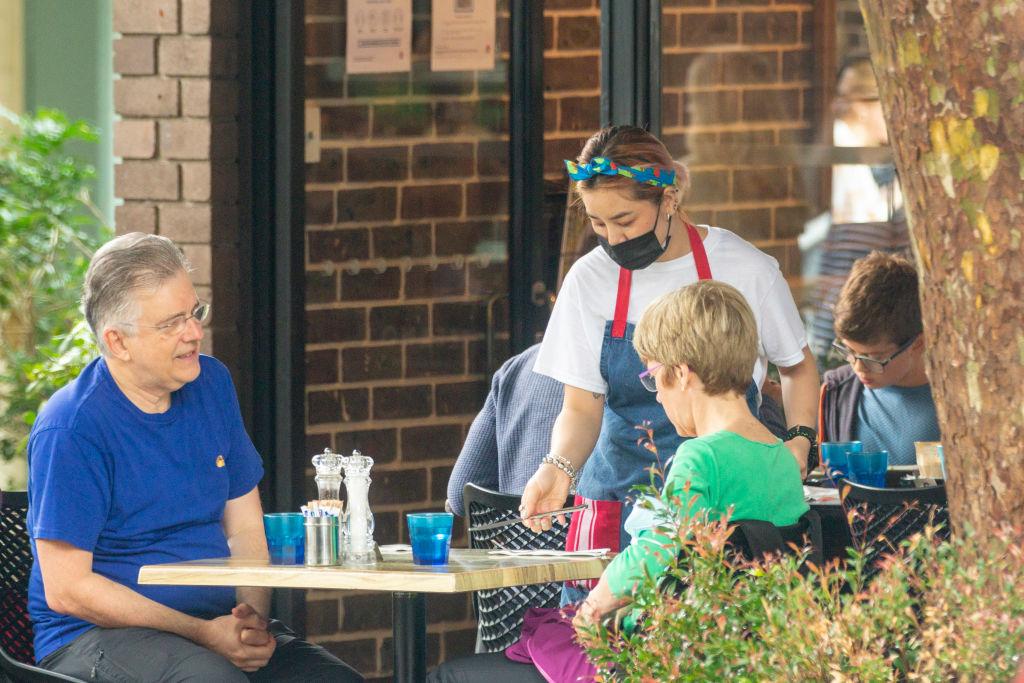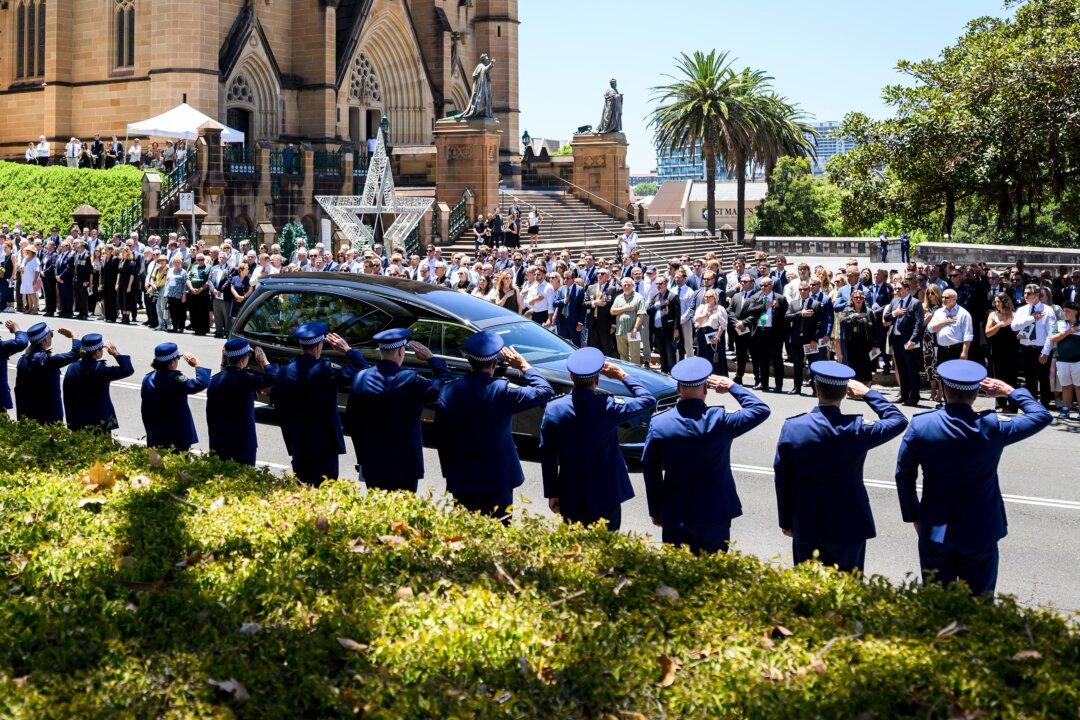Australia’s services sector suffered a downturn in May faced with a rising interest rate environment, which is set to be compounded by a further hike by the Reserve Bank of Australia.
The Australian Industry Group performance of services index tumbled 8.6 points to 49.2 in May, dropping below the key 50-point mark which separates contraction from expansion in the sector for the first time in six months.





